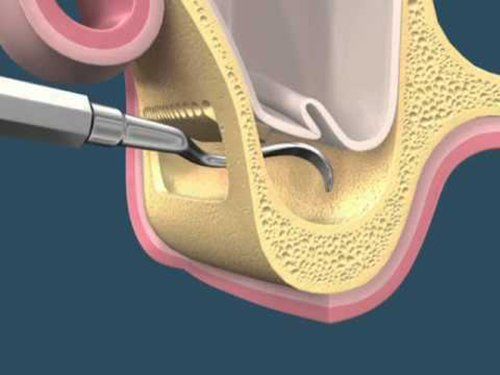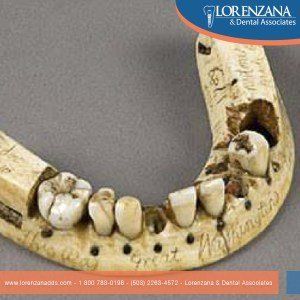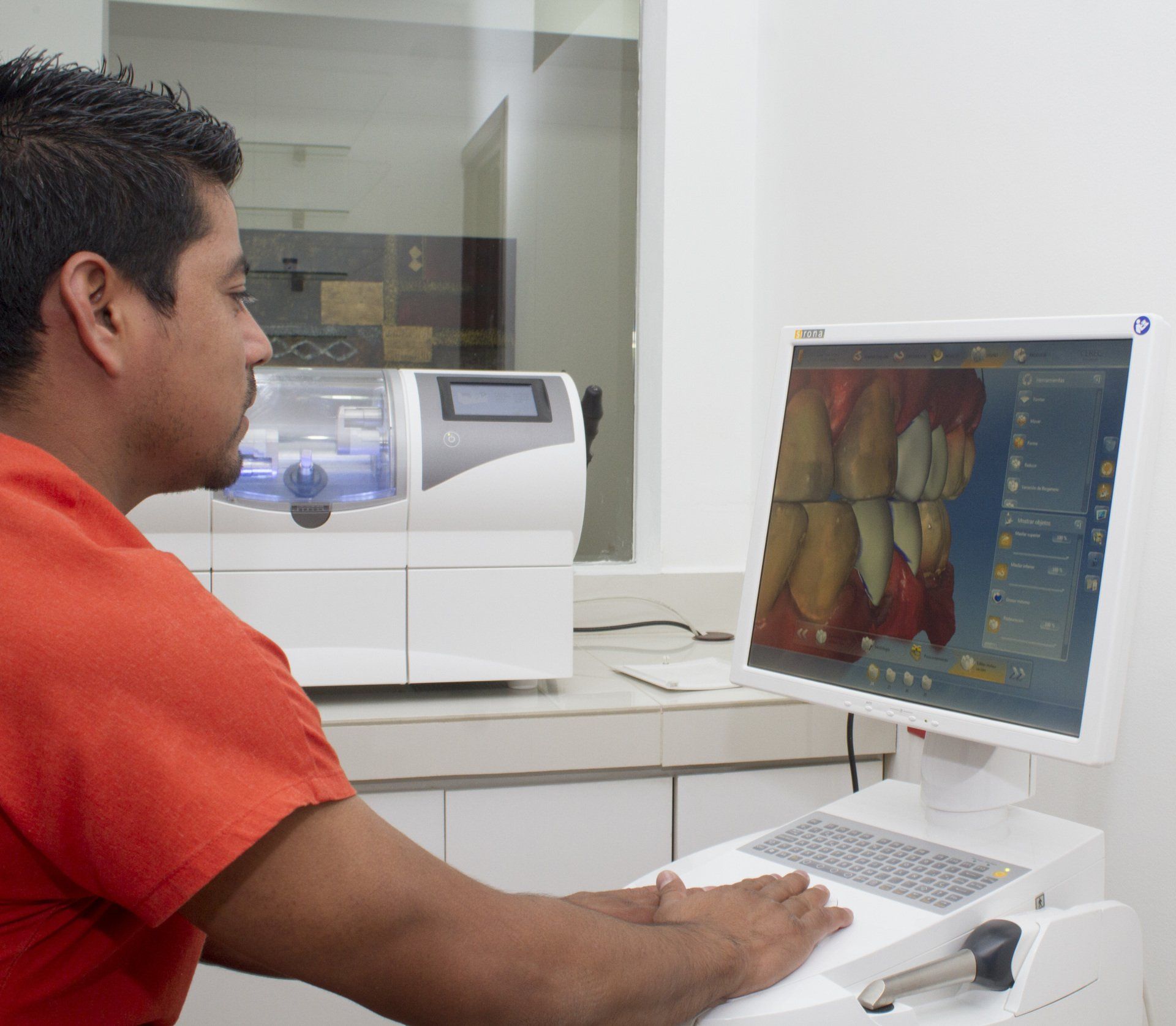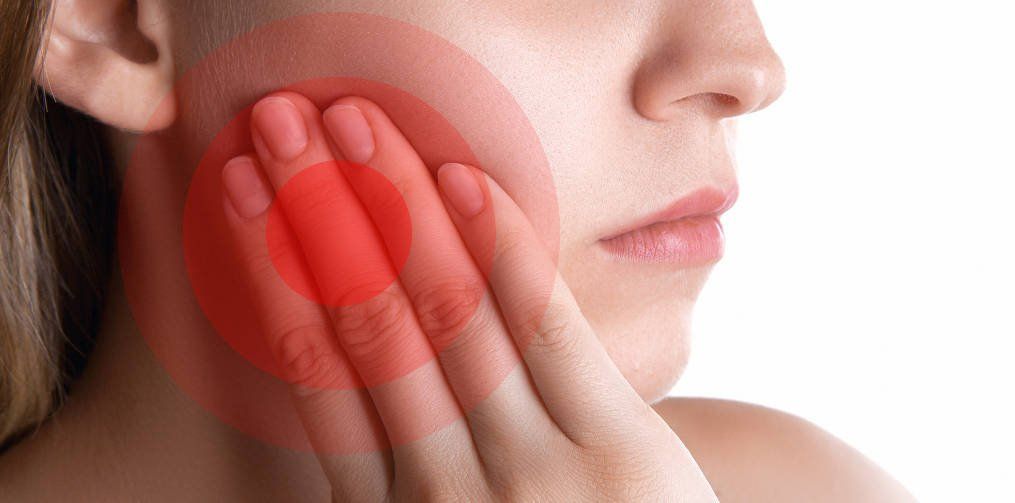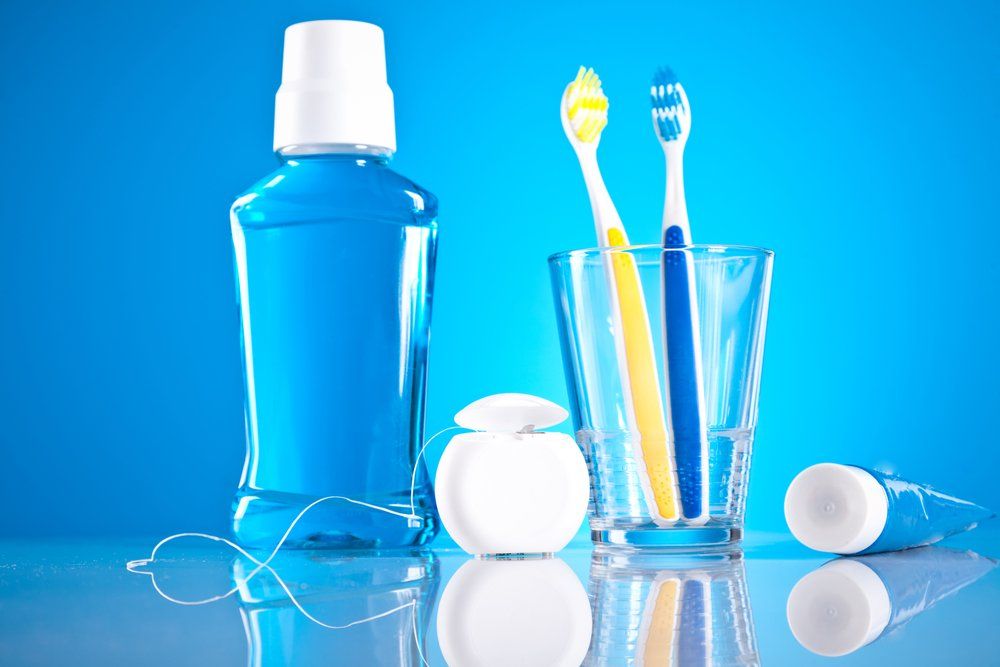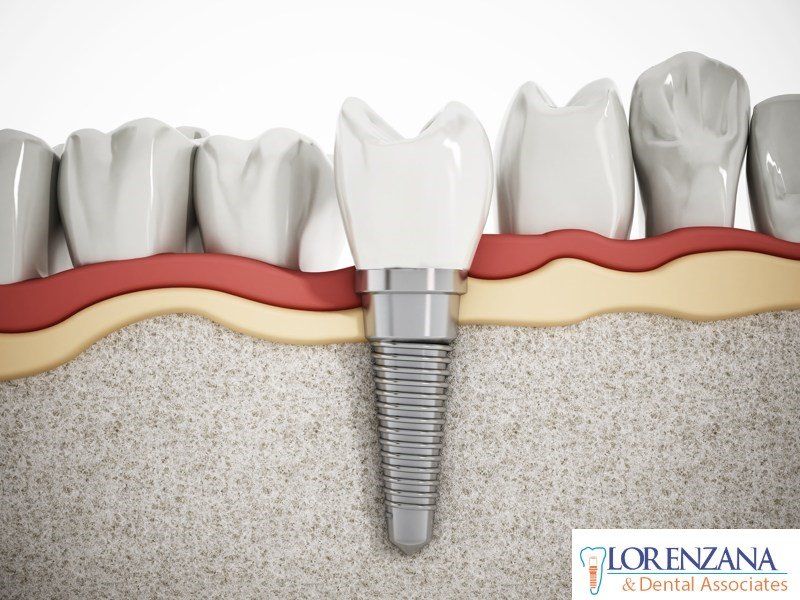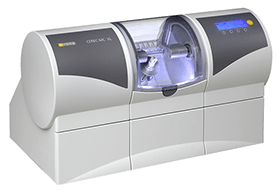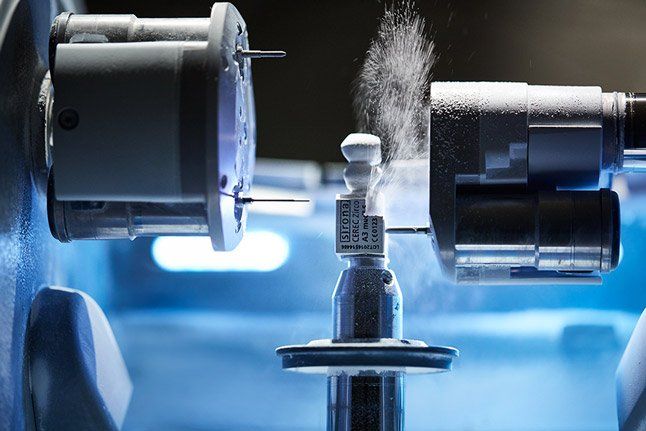Dental Prosthesis Evolution
Nowadays dental prosthesis allows us to replace missing teeth with a very esthetical and natural appearance, giving back to mouth the lost function; but that was not always like this.
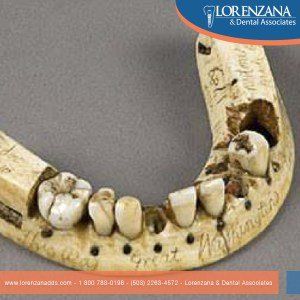
Officially the first dental prosthesis of which we have records comes from the Etruscans from IV century B.C. and is preserved in the Dental School of Paris’ museum. They used animal teeth to replace the missing pieces assembled over gold bands that show very high skills.
We believe the Phoenicians already used soft gold, or in rolls, and gold wire for the construction, they also used welds and impressions models.
By 754 B.C., the Etruscans, skilled craftsmen at the time, produced very complex pontics, in them they employed gold bands welded each by pontics made with different dental pieces from humans or animals.
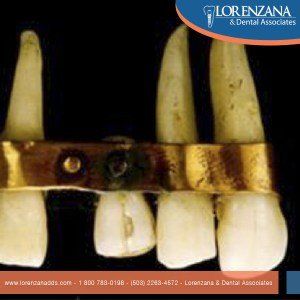
By the year 600 B.C. the Mayer relics show prosthesis in which a pair of
central teeth had been replaced by a boj tooth. (wooden teeth)2
By the year 300 B.C., it is discovered the roman handicraft, it confirms that crowns were used centuries B.C.
In year 65 B.C. it is mentioned ivory and wood as material for artificial teeth.
The
first dentures we have knowledge are from Europe in the XV century. The
teeth were shaped in bone or ivory or natural teeth recovered from
corpses or livings (donors). These prostheses were not very functional
as they were uncomfortable and annoying. Esthetically they were poorly
suited as they were visibly connected by metal or silk threads.
In
the beginning of XVII century appears in Japan the first crown with
spikes, although it wouldn’t be until the ending of XVIII century when
dentist Nicolas Dubois Chemant would experiment with mineral pasta to
make the first porcelain prosthesis.
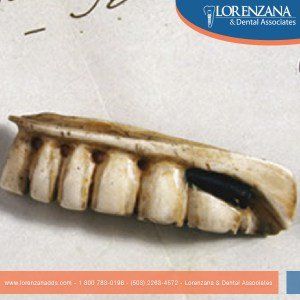
The next step would be
individual teeth supported with a clove to a silver or gold base, but
their elevated cost leaded to try with different materials until finally
in the end of XIX century the vulcanized rubber was invented. It would
become the most important basis for prosthesis until the arrival of the
acrylic resins in XX century.
One of the more famous prosthesis
belonged to George Washingtong. He retained one single tooth.
Washington’s prosthesis was made of hippopotamus, ivory and human teeth,
it had cosmetic purposes.
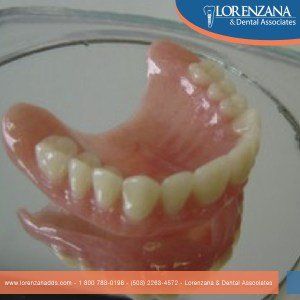
We can start talking about modern
dental prosthesis since 1904, when dental casting machines arise, the
articulators made to imitate the maxillary movements and are performed
many dental materials improvements. Until we arrive to the present with
the new techniques of prosthesis elaboration in labs using CAD CAM
technology (computer-aided design and computer-aided manufacturing).
In
1980 W. Mörmann and M. Brandestini at the University of Zurich
developed a method for creating dental restorations known as CEREC
(Chairside Economical Restoration of Esthetic Ceramics, or CEramic
REConstruction). Since then technology and dentistry have been improving
to give natural, functional and long lasting dental rehabilitations.
Evolución de la prótesis dental


Oficialmente, la primera prótesis dental de la que tenemos constancia proviene de los etruscos del siglo IV a. C. y se conserva en el museo de la Facultad de Odontología de París. Utilizaron dientes de animales para reemplazar las piezas faltantes ensambladas sobre bandas de oro que muestran habilidades muy altas. Creemos que los fenicios ya usaron oro blando, o en rollos, y alambre de oro para la construcción, también utilizaron modelos de soldaduras e impresiones. Hacia 754 aC , los etruscos, hábiles artesanos de la época, producían pónticos muy complejos, en ellos empleaban bandas de oro soldadas cada una por pónticos hechos con diferentes piezas dentales de humanos o animales.

Para el año 600 a.C. las reliquias de Mayer muestran una prótesis en la cual un par de dientes centrales habían sido reemplazados por un diente boj. Para el año 300 a. C., se descubre la artesanía romana, confirma que las coronas se usaron durante siglos B.C. En el año 65 a. C. se menciona el marfil y la madera como material para dientes artificiales. Las primeras dentaduras que tenemos conocimiento provienen de Europa en el siglo XV. Los dientes fueron formados en hueso o marfil o dientes naturales recuperados de cadáveres o vivientes (donantes). Estas prótesis no eran muy funcionales ya que eran incómodas y molestas. Estéticamente eran poco adecuados ya que estaban visiblemente conectados por hilos de metal o seda. A comienzos del siglo XVII aparece en Japón la primera corona con pinchos, aunque no sería hasta finales del siglo XVIII cuando el dentista Nicolás Dubois Chemant experimentaría con pasta mineral para fabricar la primera prótesis de porcelana.
El siguiente paso sería dientes individuales sostenidos con un clavo de olor a una base de plata o de oro, pero su costo elevado llevó a probar con diferentes materiales hasta que finalmente a finales del siglo XIX se inventó el caucho vulcanizado. Se convertiría en la base más importante para la prótesis hasta la llegada de las resinas acrílicas en el siglo XX. Una de las prótesis más famosas pertenecía a George Washingtong. Él retuvo un solo diente. La prótesis de Washington estaba hecha de hipopótamo, marfil y dientes humanos, tenía fines cosméticos.

